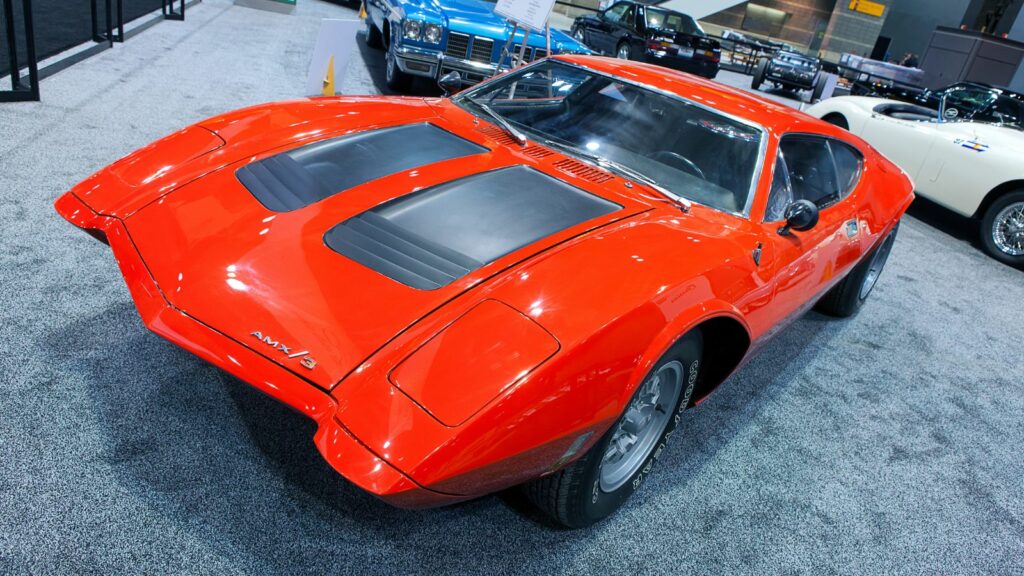The 1970s saw sports cars undergo all sorts of experiments, including trying out different styles, modified engines, and changed interiors. It’s no wonder that many of these cars are considered classics today. Here, we look at 12 of the best models.
Porsche 911
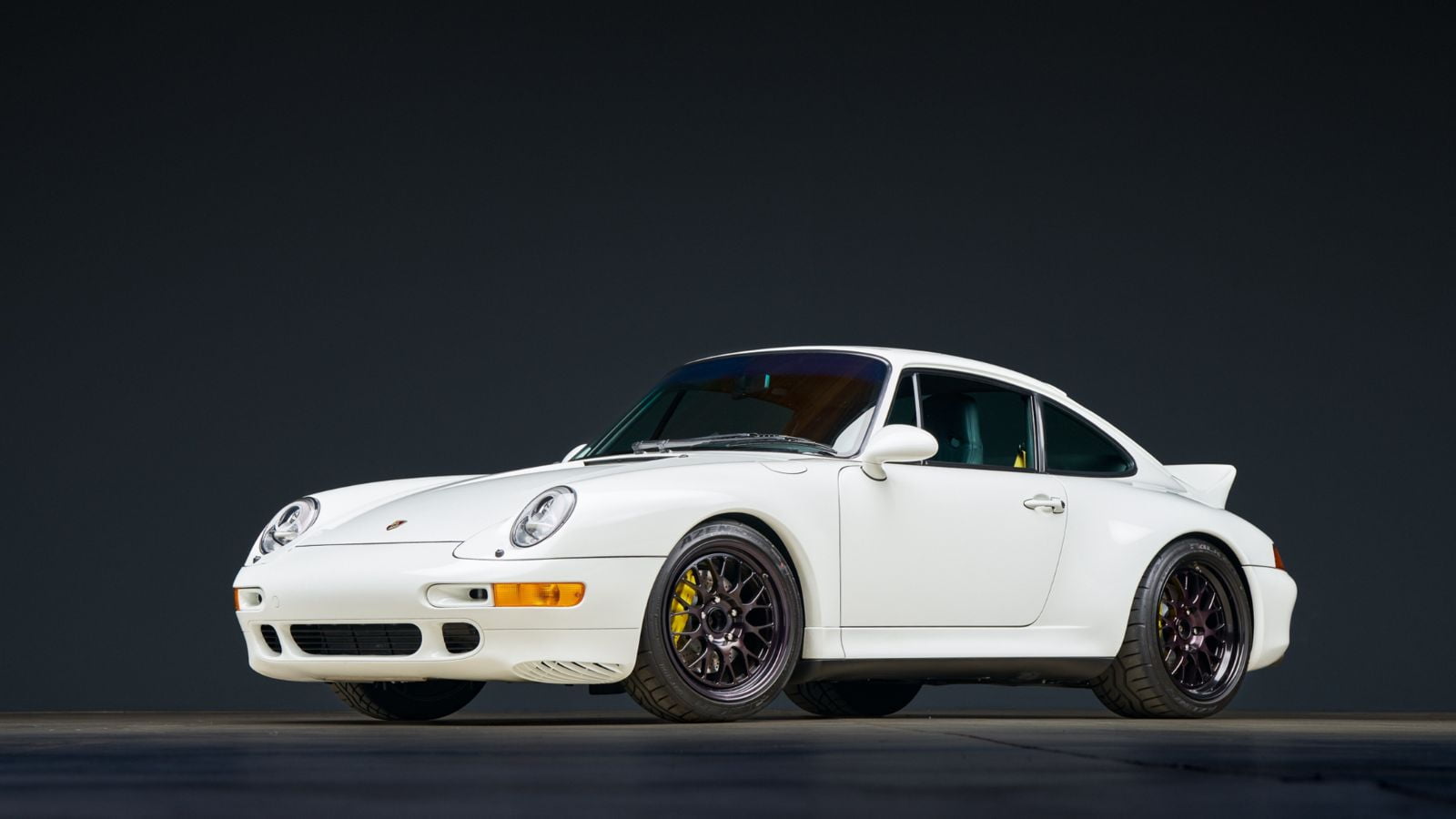
Back in the 1970s, Porsche reigned supreme in sports cars. Its flagship was the legendary Porsche 911, boasting a robust 2.7-liter boxer six engine with a staggering 207 horsepower and 188 lb-ft of torque. With a fuel economy of 17 MPG, this powerhouse wasn’t just about raw muscle but was surprisingly efficient. The 911 was an actual speed demon, going from 0 to 60 mph in 5.9 seconds.
Datsun 240Z

Alongside its siblings, the 260Z and 280Z, the 240Z stands tall as one of the ultimate sports cars of the 1970s. Its 2.4-liter inline-six engine churned out 151 horsepower RPM. With a fuel efficiency of 21 MPG, the 240Z is as efficient as it is powerful. And when you floor it, it races from 0 to 60 mph in just 8 seconds flat. But it’s not just about speed; the 240Z offers a comfortable and exhilarating ride, ensuring every journey is a thrill from start to finish.
Chevrolet Corvette

The Corvette is a sports car often mistaken for a muscle car. In 1978, Corvette completed its 25 years of production, and to celebrate that, it launched a special edition silver car with unique emblems on the nose and fuel door. It had an aerodynamic and dramatic design. It carried a unique styling with an L82 350 cid eight-cylinder engine capable of producing 220 horsepower at 5,200 RPM. It would also produce 260 lb-ft of torque at 3,600 RPM with a fuel economy of 13 MPG.
Triumph TR7
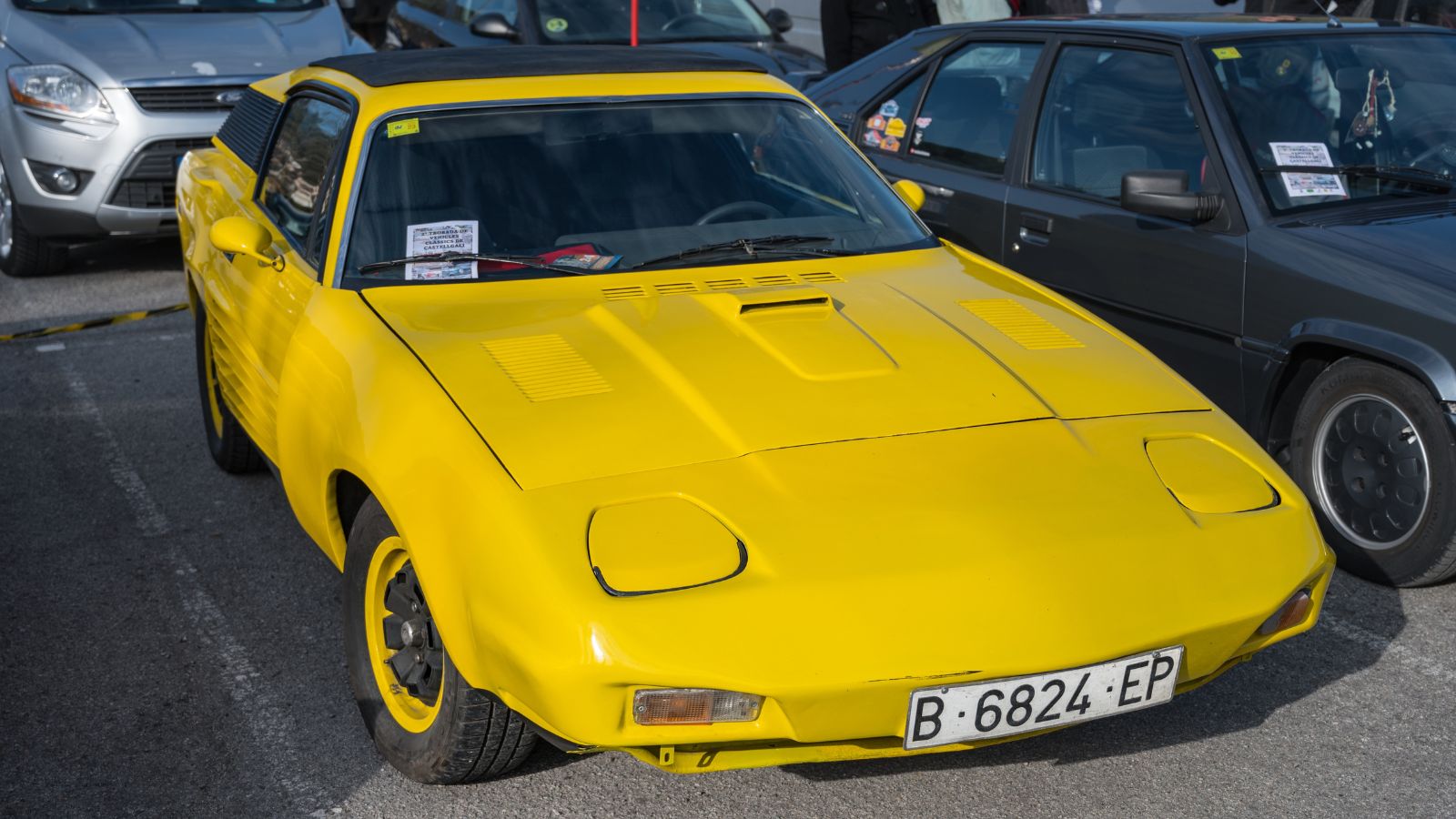
TR7 was one of the best sports cars manufactured by Britain. It carried a four-inline cylinder, but what attracted people the most was its cutting-edge design with a retro flourish. The engine was later changed to a 3.5l eight-cylinder, which was capable of producing a massive 133 horsepower at 5,000 RPM and a whopping 174 lb-ft of torque at 3,000 RPM. Though the engine didn’t get so much attention from the people, the TR7 still became one of the most popular cars for young Americans.
Mazda RX-
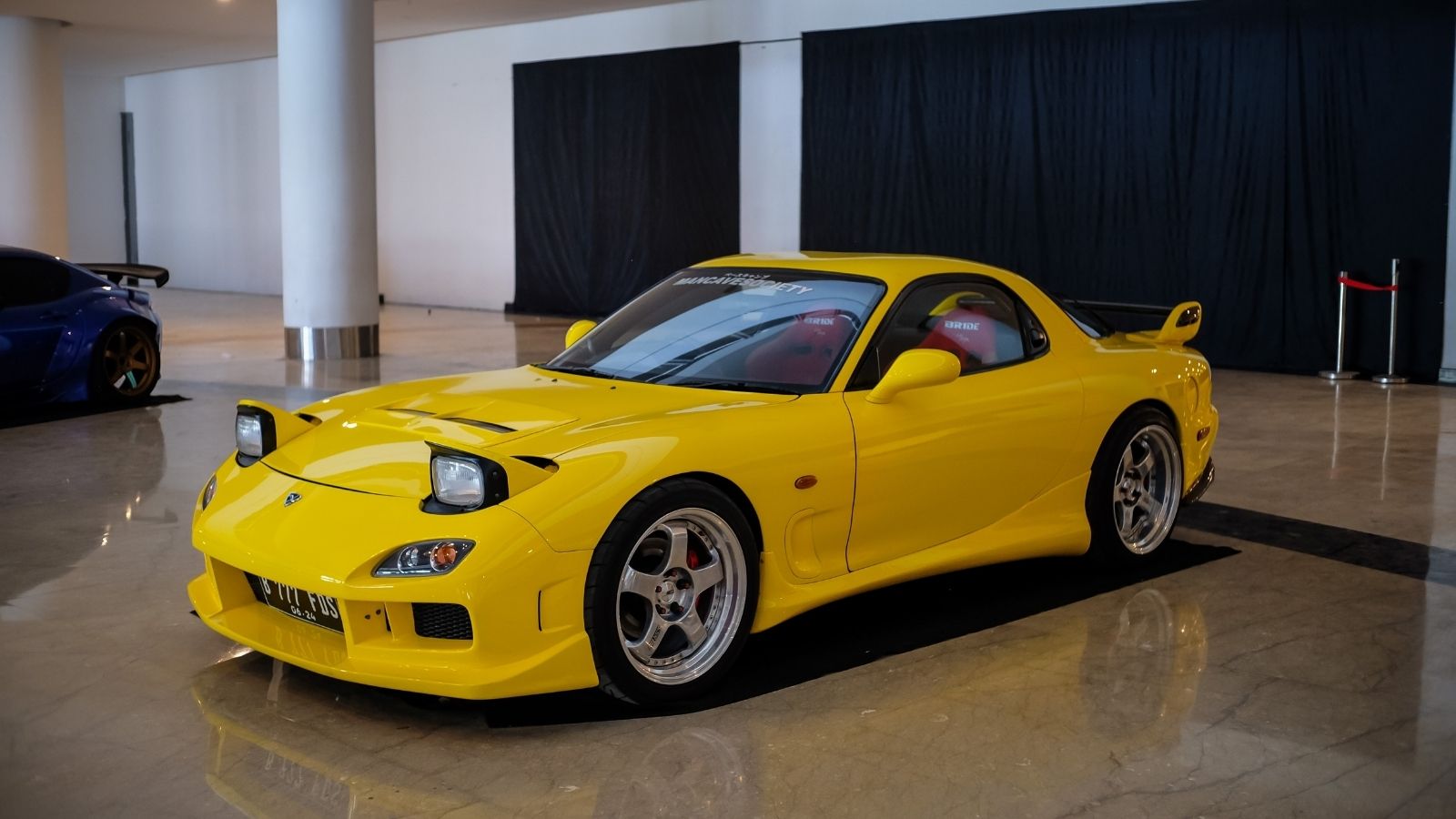
The Mazda RX7 was a sleek, stylish sports car from the 1970s. At first glance, it could be mistaken for a Nissan car, but the Mazda was mighty under the hood. Armed with a 1.1-liter Wonka rotary engine, it delivered a punchy 100 horsepower. Its 1000 lb-ft of torque at 4,000 RPM ensured a speedy ride every time you hit the gas. It also gave a respectable fuel efficiency of 20 MPG. It went from 0 to 60 mph in a respectable 9.4 seconds and a quarter-mile in just over 18.5 seconds.
Toyota Celica
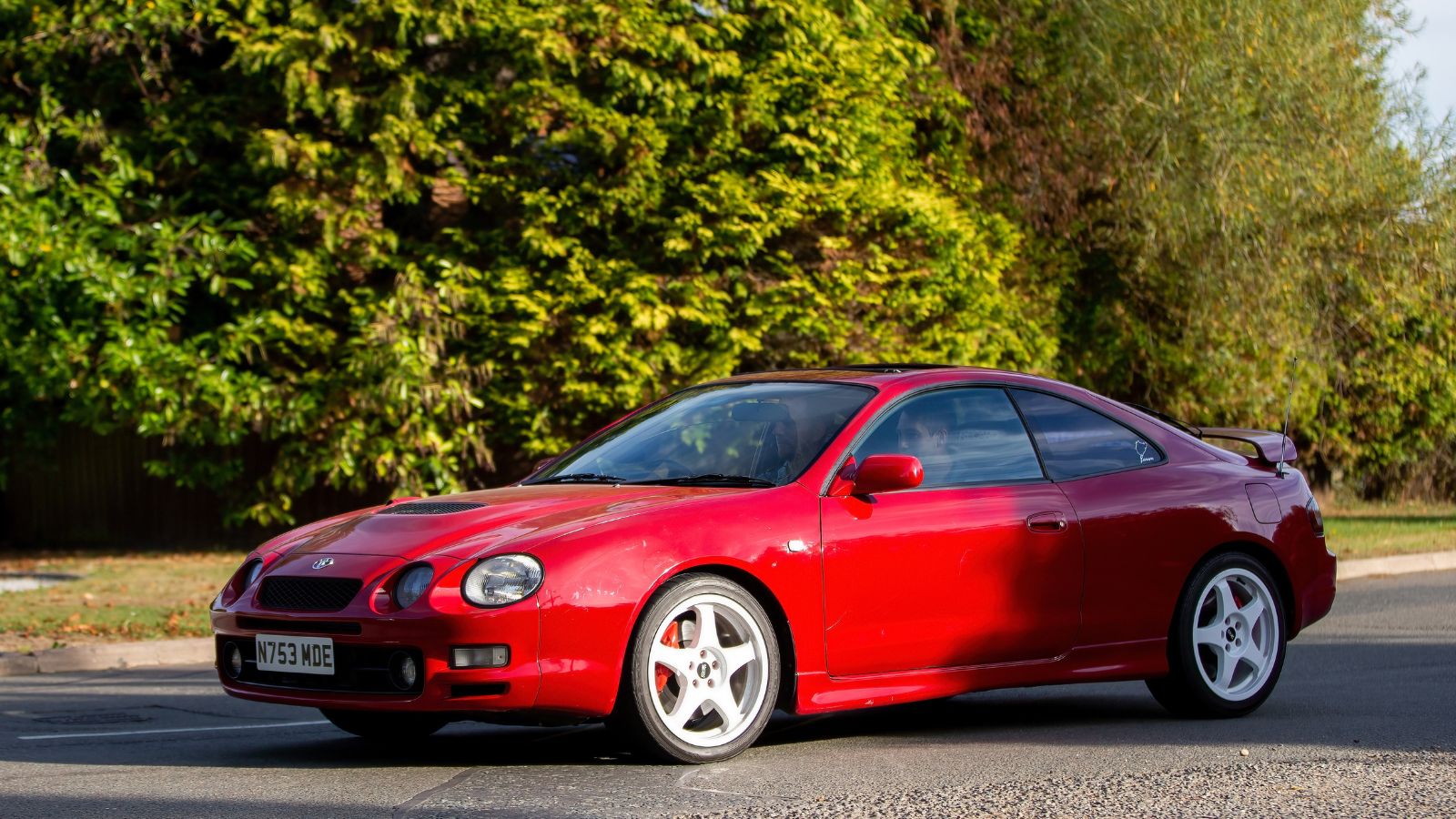
Toyota Celica wasn’t originally intended to capture the US Car market. However, this small sports car, with the ability to pass emission regulations, won the hearts of American Car enthusiasts. It was first designed to be sold in the Japanese Market around 1970 but continued to be sold until 2006. It had a 1.9l inline four-cylinder engine, which produced around 89 horsepower at 5,000 RPM. It had a fuel economy of 24 MPG with a torque of 106 lb-ft at 3,000 RPM.
MG MGB
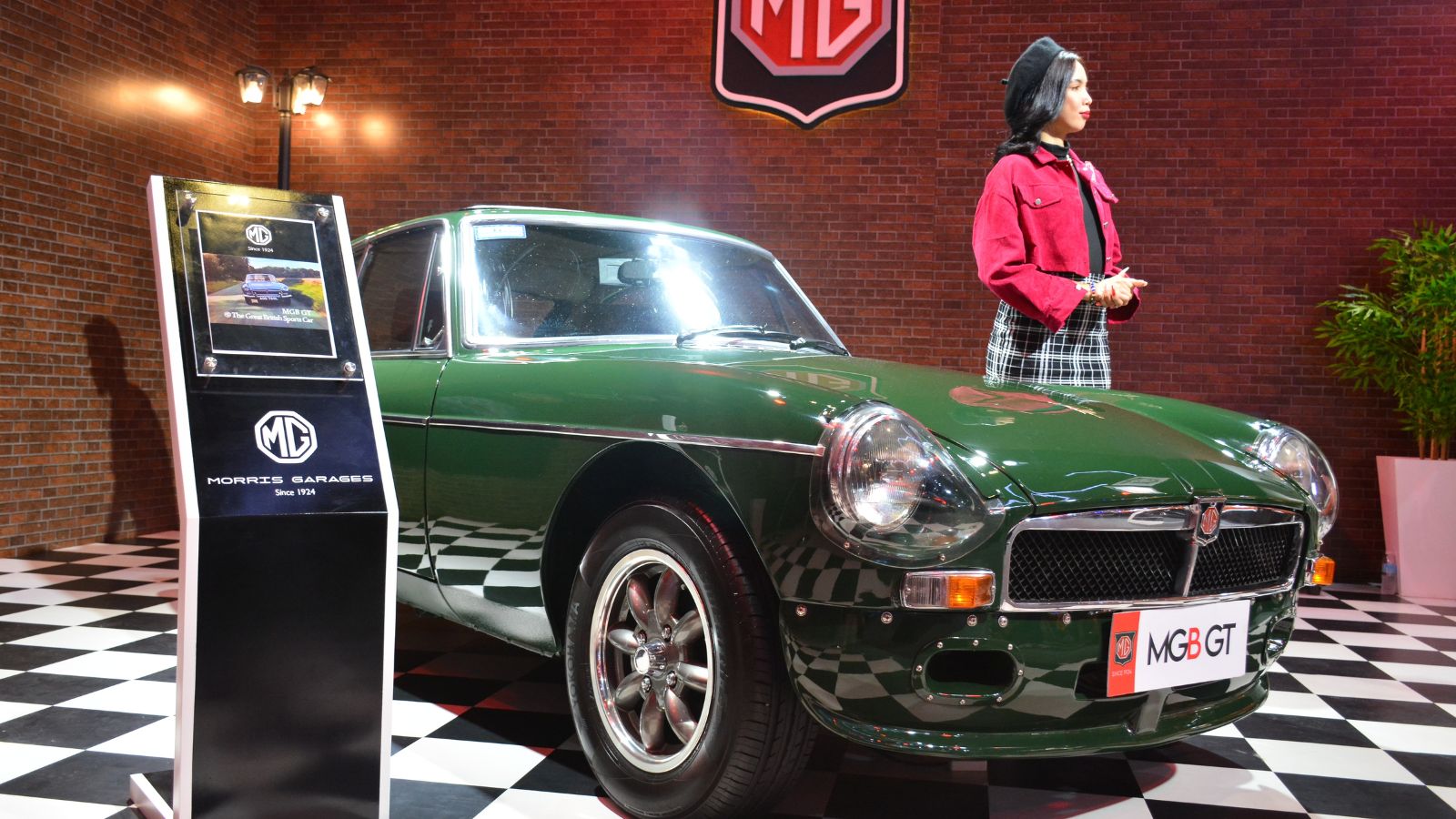
It was first designed in the 1950s but had a far-sighted and innovative design, so its production began two decades later. It was designed to carry a 1.8l inline four-cylinder engine that produced 79 horsepower at 5,500 RPM and 94 lb-ft of torque at 3,000 RPM. It had a fuel economy of 20 MPG. The MGB was started with fundamental designing of electrical systems made up of toggles and switches, and if you’re a fan of old-school sports cars in which the driver has to handle everything, then the MGB was your type.
Fiat X1/9
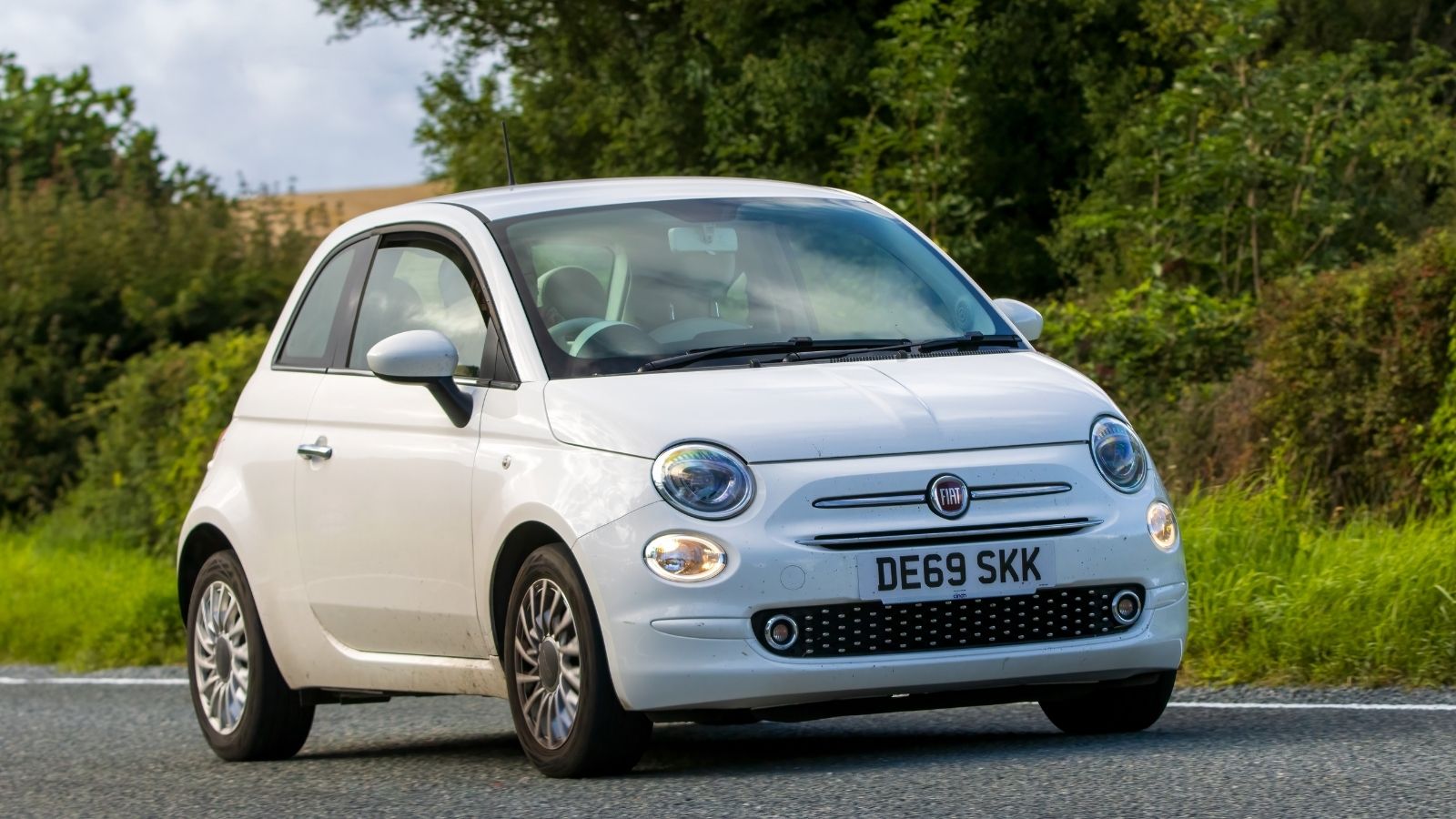
After the US government introduced new emission controls, this model was the first one by Fiat to meet the emission standards set. It carried a 1.5l inline four-cylinder engine, which should produce 80 horsepower at 6,000 RPM. It can produce 87 lb-ft of torque at 5,000 RPM and has a fuel economy of 21 MPG.
Triumph Spitfire
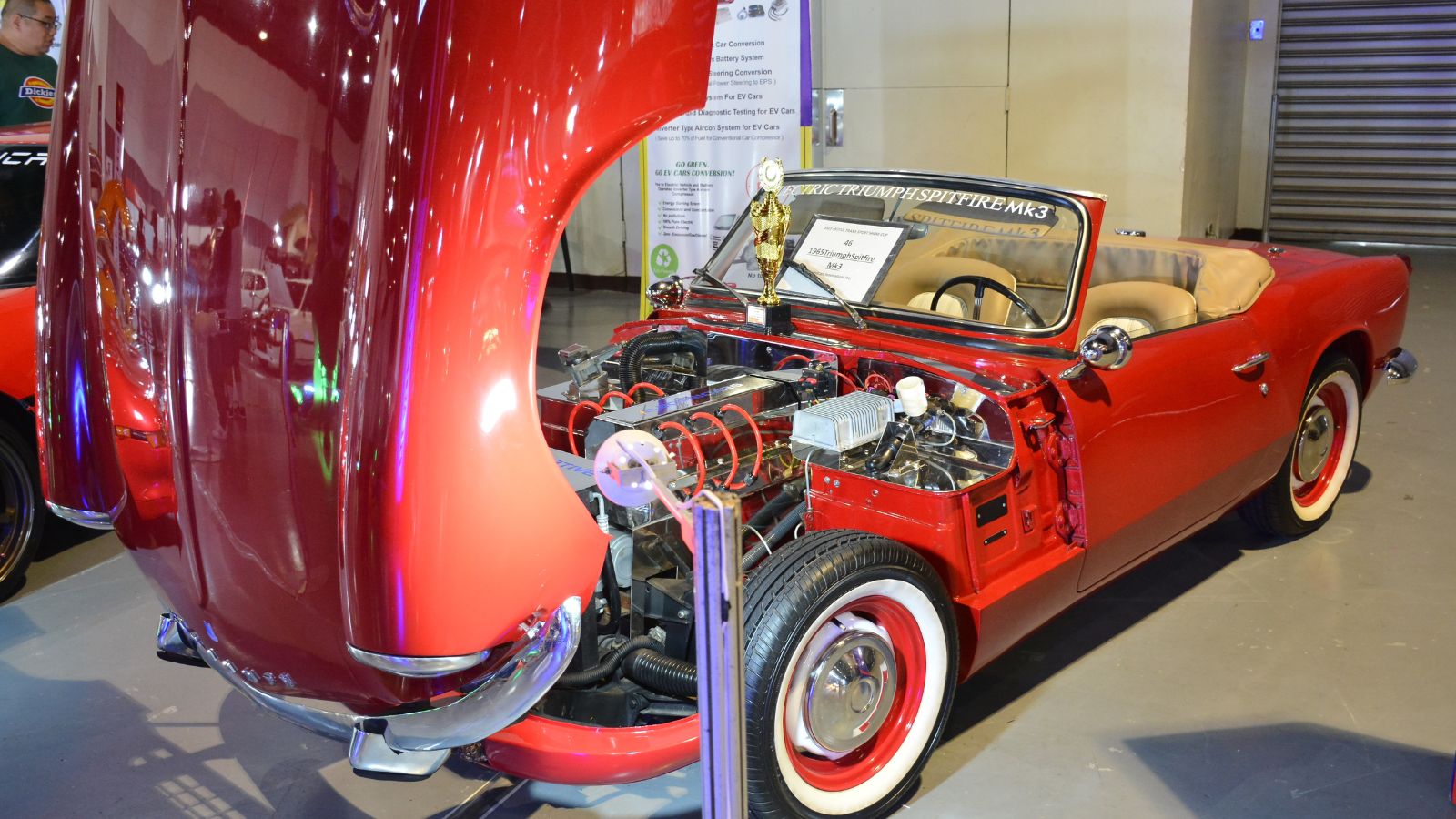
After hitting assembly lines in the 1970s, the Triumph Spitfire held its own in the competitive US market. It had a cozy two-seater design and a 1.5-liter inline-four-cylinder engine that delivered a spirited 53 horsepower at 5,000 RPM. But it wasn’t just about power; the Spitfire sipped fuel judiciously, achieving an impressive 29 MPG. And when it comes to sales figures, the Spitfire strutted its stuff, selling a commendable 315,000 units over its 18-year production run.
Lotus Espirit

Its unique design with wedge-shaped styling caught the attention of many consumers in the American market even before its production began. It had a 2.2l inline four-cylinder engine, which would generate 160 horsepower at 6,500 RPM. It had a fuel economy of 19 MPG. However, when Lotus decided to change its four-line engine to a V8 one, many didn’t like it.
Ferrari 356 GTB/4 Daytona

Daytona turned everyone’s heads due to its long head, pop-up headlights, and simple yet futuristic side profile. It carried the way with a vibrant and bold look. The interior of this car had beautiful wooden leaves and soft leather upholstery. Its engine didn’t make that annoying whirling sound. Thanks to a large central silencer and resonator, it produced a raspy yet melodic sound.
Aston Martin V8 Vantage:
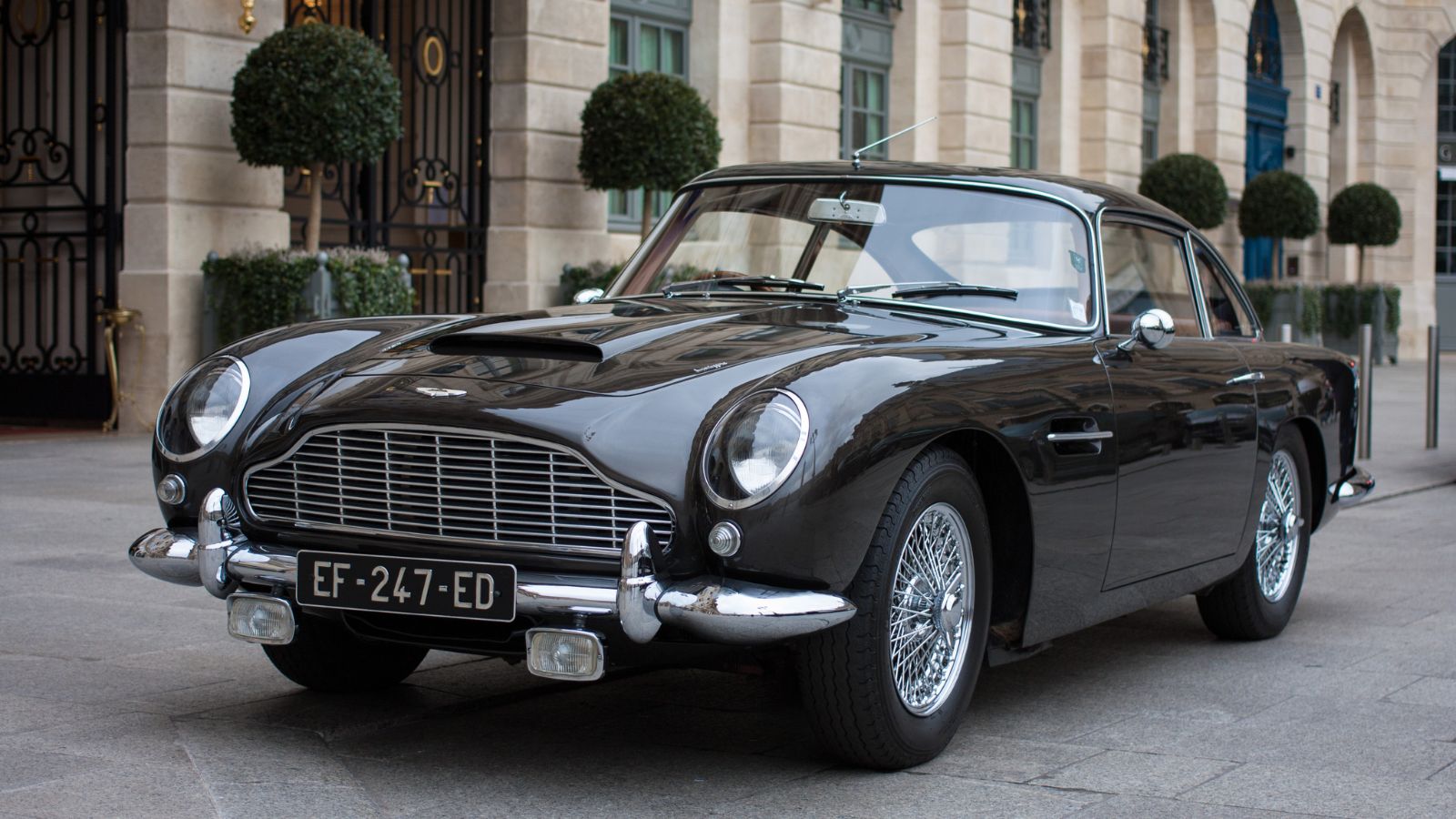
The Vantage carried a British styling exterior yet rocked the American market. It was built as an alternative to Ferrari GT cars with a royal exterior and comfortable interiors. Along with looks, it has a 3.8l V8 engine, which would produce horsepower 390. And if you bought the optional X-pack, you would get a 6.3l V8 engine capable enough to produce 450 horsepower. It was a GT car but earned its name as a supercar with a top speed of 177 mph.
14 Cars With A Reputation For Running Forever And Why They Outperform The Rest

In the dynamic world of automobiles, some cars stand out for their remarkable longevity and enduring performance. These road warriors have earned a reputation for running seemingly forever, outpacing their counterparts. This article will explore 14 such vehicles and the reasons behind their legendary durability. 14 Cars With A Reputation For Running Forever And Why They Outperform The Rest
